Glimpses of the past
Summary of Glimpses of the Past

This lesson is about the events and the circumstances that took place in India during the year 1757 to 1857. The author wants to clarify the conditions prevailing during that period which led to the event known as the First War of Independence in 1857.
Lacked Unity
Indian states and princes were short sighted and were often busy fighting with each other. They often sought British help and britishers took full advantage of it. They followed 'Divide and Rule' and subdued the princess. But a far -seeing ruler like the brave Tipu of Mysore fought with them till he died fighting. British also divided Indians on the name of caste and religion.
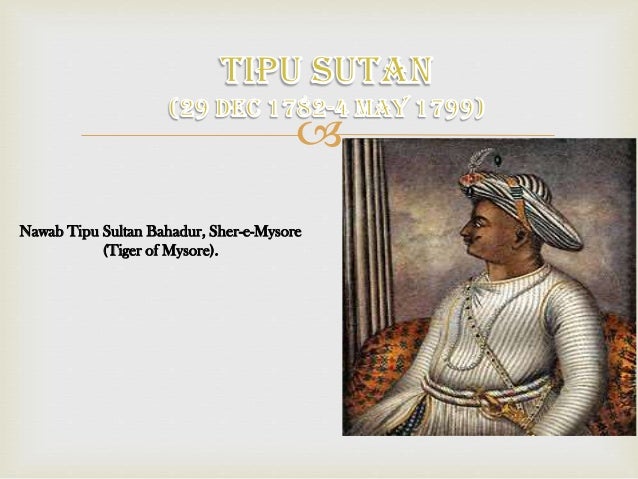
Evil Social Practice
Imposed heavy taxes
Regulation 3
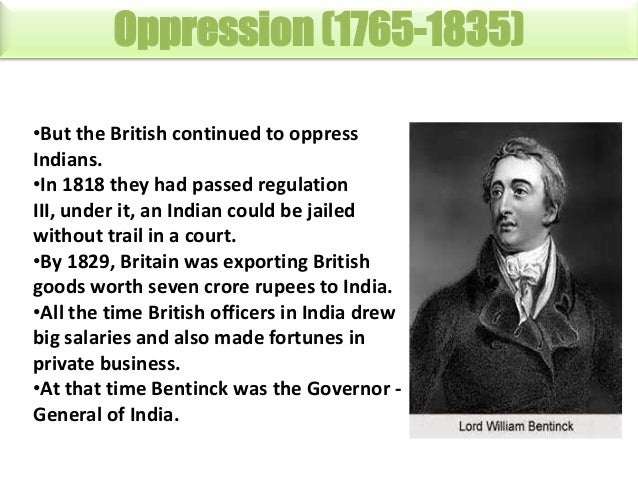
Ram Mohan Roy
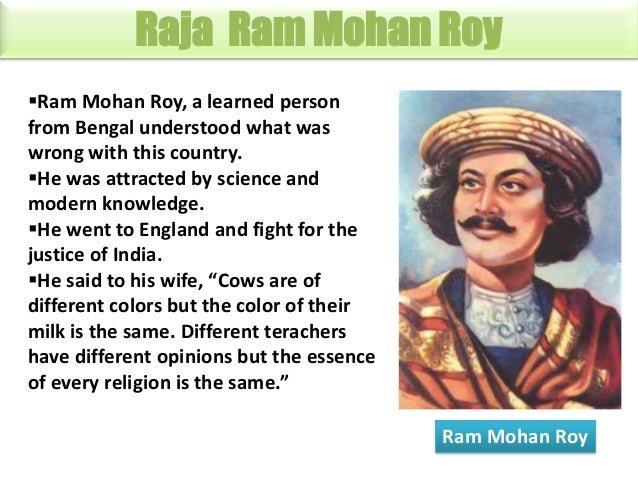
Education Policy
It seems this was not enough so the British now aimed at preparing clerks for running the administration. Thus, in 1835, Lord Macaulay recommended that the medium of education should be English. This education policy also generated some intellectuals who understood the evils of British Raj and educated the fellow Indians.
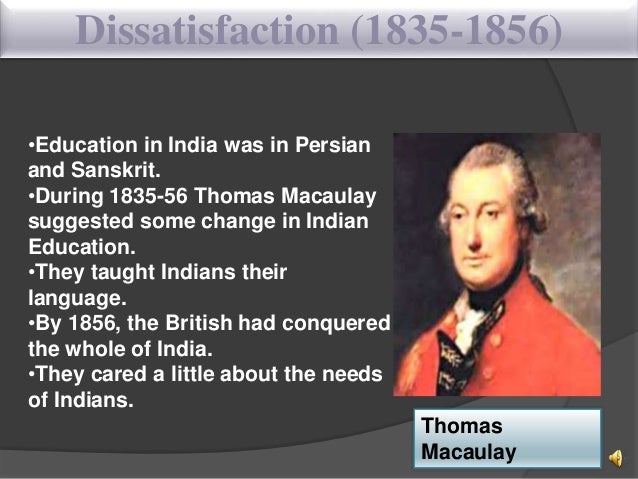
By 1856, India had become a fully controlled British Colony. The suppression was at its peak and thus it led to revolts. In 1855, the Santhals rebelled and killed the British as well as their servants. In 1857, the first Sepoy Mutiny started with the execution of Mangal Pandey. The sepoys marched towards Delhi shouting slogans in favour of Bahadur Shah Zafar. The landlords also joined this movement. People circulated chapattis with the message that their native ruler needs their help. Similarly, a lotus flower was distributed among the Indian soldiers.
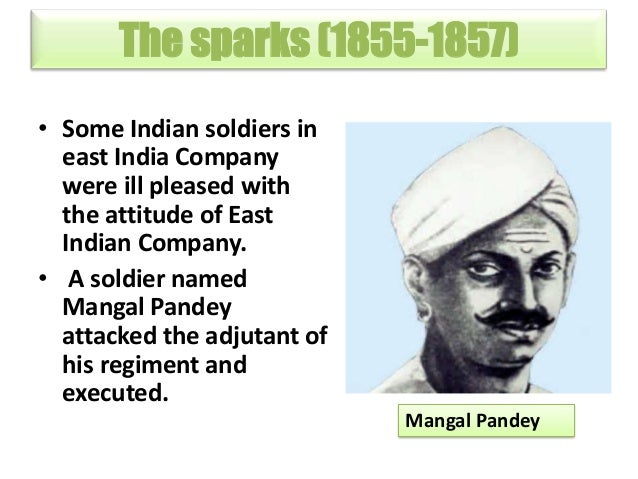
Many rulers like Hazrat Mahal of Lucknow, Maulvi Ahmadullah of Faizabad, Tatya Tope, and Peshwa Nana Saheb of the Maratha empire and Kunwar Singh of Bihar also joined the revolt. This was the beginning of the Indian freedom struggle.
This chapter teaches us that ‘United we stand, Divided we fall’. It also teaches us that in order to be successful in anything we do, we need to be organized.
यह पाठ
1757 से 1857 के दौरान भारत में हुई घटनाओं और परिस्थितियों के बारे में है। लेखक
उस अवधि के दौरान प्रचलित स्थितियों को स्पष्ट करना चाहता है जिसके कारण 1857 में
प्रथम स्वतंत्रता संग्राम के रूप में जाना जाता है।
एकता का
अभाव
भारतीय
राज्यों और प्रधानों को कम देखा गया और वे अक्सर एक-दूसरे के साथ लड़ने में व्यस्त
थे। उन्होंने अक्सर ब्रिटिश मदद मांगी और ब्रिटिश लोगों ने इसका पूरा फायदा उठाया।
उन्होंने 'डिवाइड एंड रूल' का पालन
किया और राजकुमारी को वश में कर लिया। लेकिन मैसूर के बहादुर टीपू जैसे दूर-दूर के
शासक उनके साथ आख़िर तक लड़ते रहे अंग्रेजों ने
भारतीयों को जाति और धर्म के नाम पर भी विभाजित किया।
बुराई सामाजिक प्रथा समाज में अस्पृश्यता, बाल विवाह, सती प्रथा इत्यादि जैसी कई सामाजिक बुराइयाँ प्रचलित थीं। उनका मानना है कि अगर कोई नदी पार करेगा तो उनका धर्म खो जाएगा, दुनिया में सभी दुख महिलाओं के कारण हैं। भारी कर लगाया व्यापारी होने के कारण, अंग्रेजों को शीघ्र लाभ चाहिए था इसलिए उन्होंने करों में वृद्धि की। इस प्रकार कई किसानों को अपने खेतों को छोड़ने के लिए मजबूर किया गया। 1822 और 1836 के बीच भी फेमिनियों का पालन किया गया, जिसके कारण पंद्रह लाख भारतीय भुखमरी से मर गए। उन्होंने ऐसी नीतियां बनाईं, जिन्होंने विशेषज्ञ कारीगरों और उनके व्यवसाय को बर्बाद कर दिया..इसके अलावा इंग्लैंड से आयात कर मुक्त थे। भारतीयों के हालात बिगड़ गए। 1829 में, ब्रिटिश निर्यात का मूल्य सात करोड़ रुपये था। जब भारतीय उद्योग बर्बाद हो रहे थे, अंग्रेज समृद्ध थे। नियमन ३ अंग्रेज भारतीयों पर अत्याचार करते रहे। 1818 में, उन्होंने नियमन 3. पारित किया। इसके अनुसार, एक भारतीय को अदालत में ट्रायल के बिना भी जेल भेजा जा सकता था। इस नीति के माध्यम से कोई भी उनका विरोध नहीं कर सकता था। उन्होंने भारतीयों की जरूरतों के बारे में बहुत कम देखभाल की।
राम
मोहन राय
वे बंगाल के एक विद्वान व्यक्ति थे। वह समझ गए कि देश का क्या कसूर था। उन्होंने भारतीयों को प्रेरित किया और हमारे समाज में सुधार के लिए अपने प्रयास शुरू किए। वह विज्ञान और आधुनिक ज्ञान से आकर्षित थे। उन्होंने इस उद्देश्य के लिए ब्रह्म समाज की स्थापना की। उन्होंने इस विचार का प्रचार किया कि सभी धर्मों के सिद्धांत समान हैं। वह सती प्रथा, बाल विवाह और जाति व्यवस्था के खिलाफ थे। साथ ही उन्होंने भारत में समाचार पत्रों की शुरुआत की।
शिक्षा
नीति
ऐसा
लगता है कि यह पर्याप्त नहीं था इसलिए अंग्रेजों ने अब प्रशासन चलाने के लिए
क्लर्क तैयार करने का लक्ष्य रखा। इस प्रकार, 1835 में, लॉर्ड
मैकाले ने सिफारिश की कि शिक्षा का माध्यम अंग्रेजी होना चाहिए। इस शिक्षा नीति ने
कुछ बुद्धिजीवियों को भी उत्पन्न किया जिन्होंने ब्रिटिश राज की बुराइयों को समझा
और साथी भारतीयों को शिक्षित किया।
1856 तक, भारत पूरी तरह से नियंत्रित ब्रिटिश कॉलोनी बन गया था। दमन अपने चरम पर था और इस तरह इसने विद्रोह का नेतृत्व किया। 1855 में, संथालों ने विद्रोह कर दिया और अंग्रेजों के साथ-साथ उनके नौकरों को भी मार डाला। 1857 में, मंगल पांडे की हत्या के साथ पहली सिपाही विद्रोह शुरू हुआ। सिपाहियों ने बहादुर शाह जफर के पक्ष में नारे लगाते हुए दिल्ली की ओर मार्च किया। जमींदार भी इस आंदोलन में शामिल हो गए। लोगों ने इस संदेश के साथ चपातियों को परिचालित किया कि उनके मूल शासक को उनकी सहायता की आवश्यकता है। इसी प्रकार, भारतीय सैनिकों के बीच एक कमल का फूल वितरित किया गया था।
लखनऊ के
हजरत महल, फैजाबाद के मौलवी अहमदुल्ला, तात्या
टोपे और मराठा साम्राज्य के पेशवा नाना साहब और बिहार के कुंवर सिंह जैसे कई शासक
भी विद्रोह में शामिल हुए। यह भारतीय स्वतंत्रता संग्राम की शुरुआत थी।
यह हमें सिखाता है कि हम जो कुछ भी करते हैं उसमें सफल होने के
लिए, हमें
संगठित होने की आवश्यकता है।
No comments:
Post a Comment